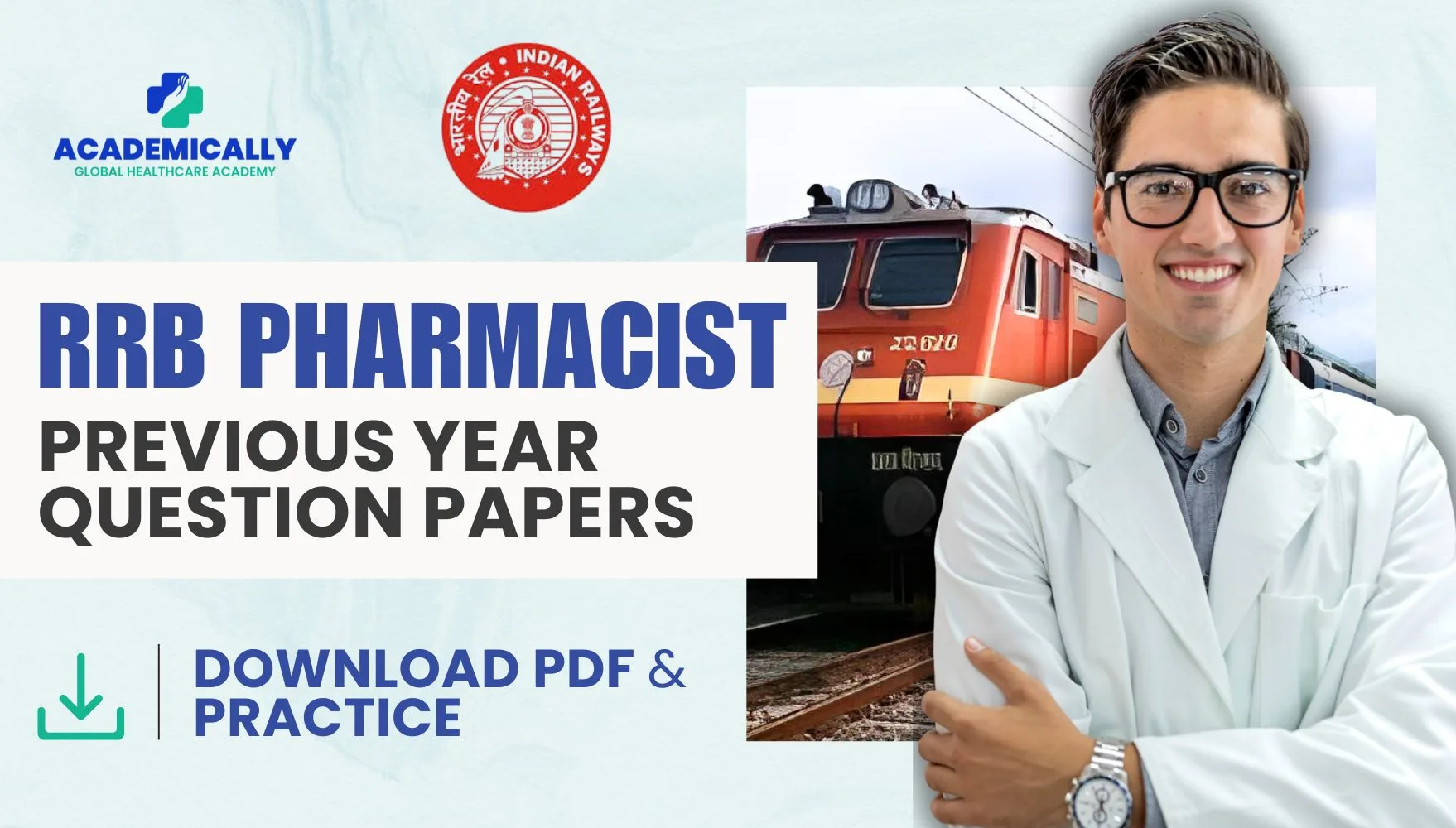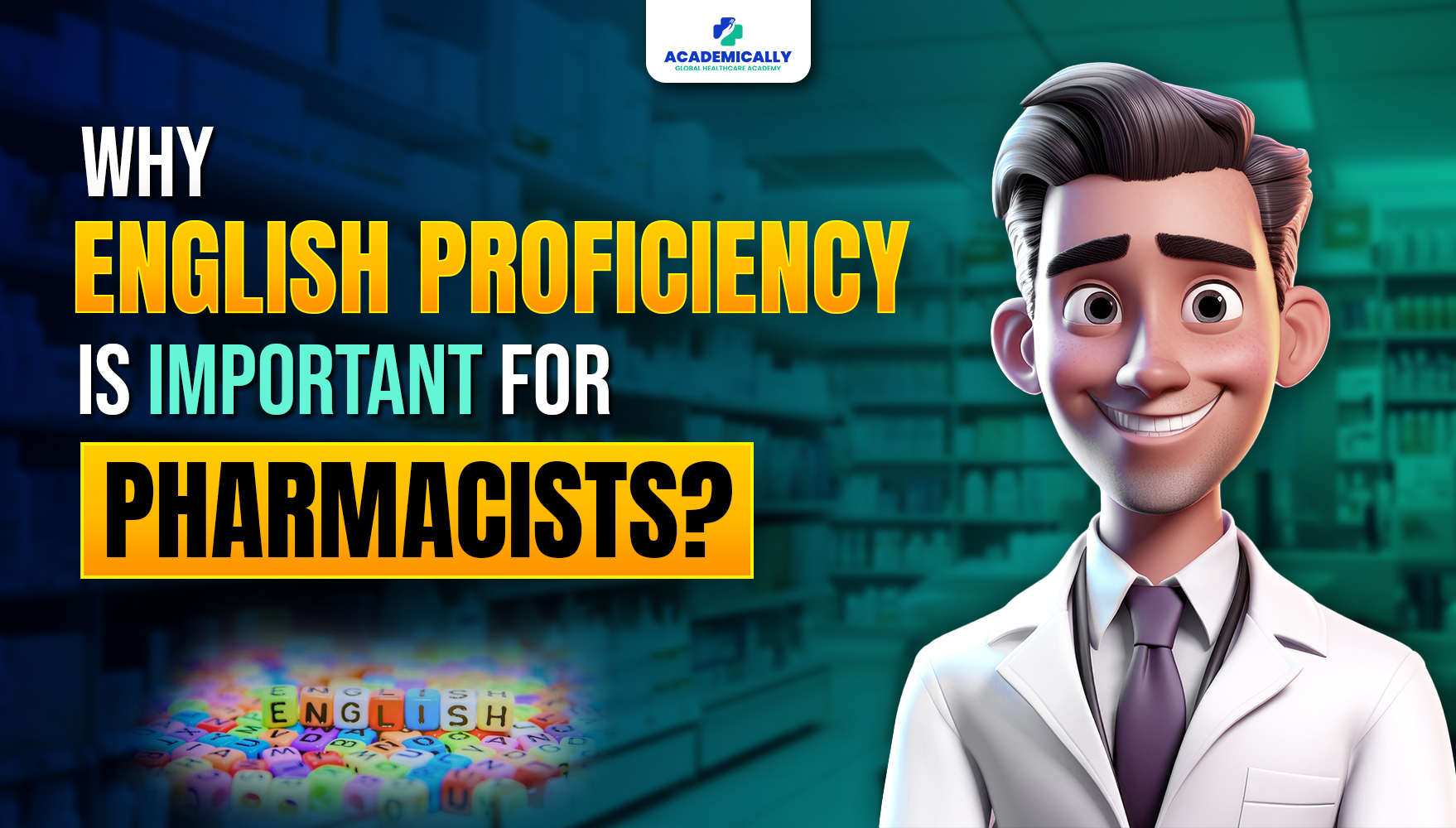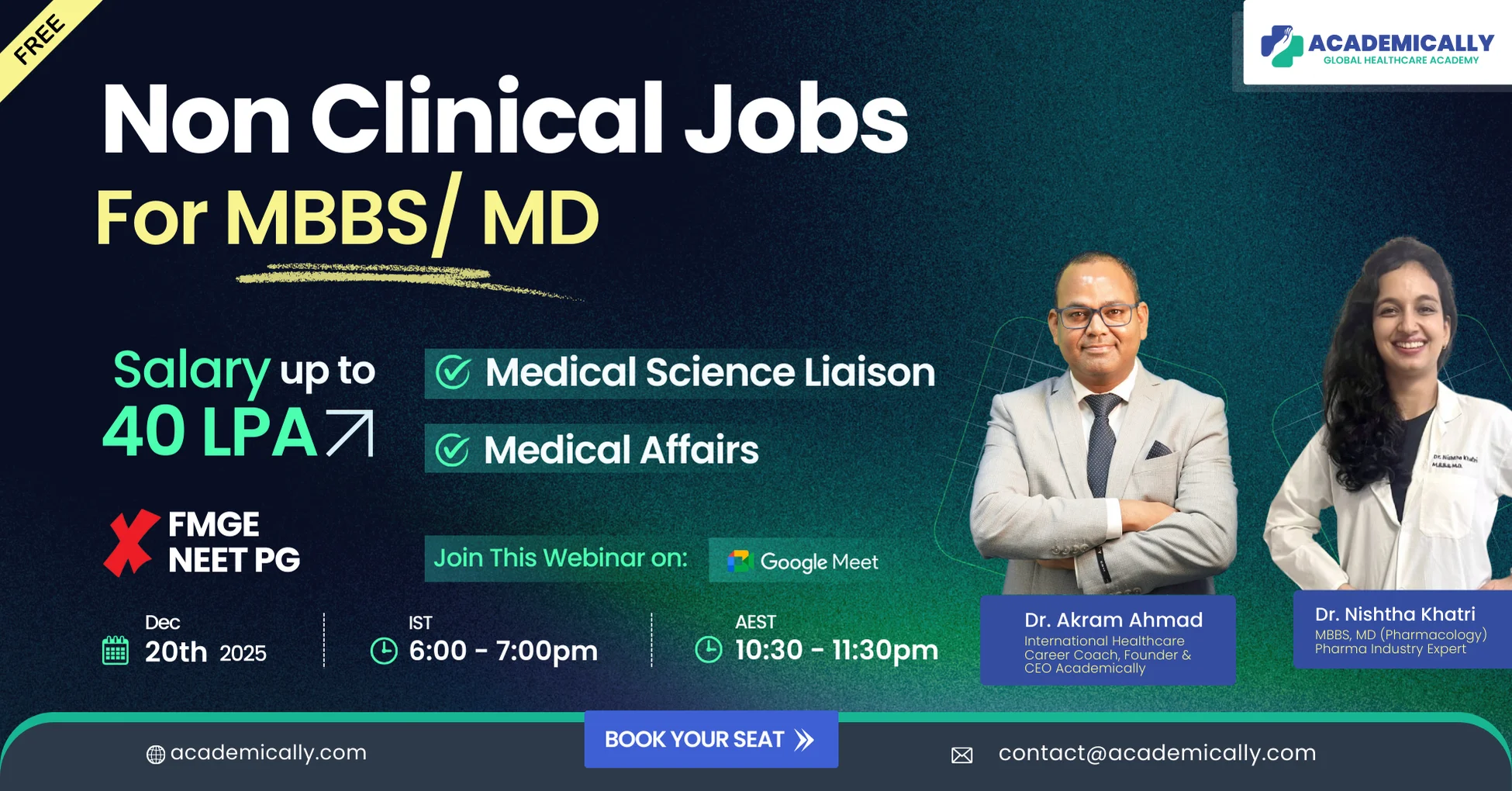Are you aiming to become a Pharmacist in the Indian Railways? Then, this blog is your ultimate preparation guide.
Cracking the RRB Pharmacist exam is not just about studying theory; it’s about understanding the real pattern, difficulty level, and question type. And there’s no better way to do that than by practicing previous year papers.
In this blog, you’ll learn about the past paper questions from the RRB Pharmacist exam, along with some smart preparation tips, and insider insights to boost your confidence and get you exam-ready.
Let’s get started
Why Solve RRB Pharmacist Previous Year Question Papers?
Before jumping to the questions, let’s talk about why these papers matter so much.
- Understand the Question Trend: You’ll see what topics are most repeated.
- Improve Time Management: Learn to solve 100 questions within the 90-minute limit.
- Boost Accuracy: Repeated exposure to actual exam questions sharpens your instincts.
- Know What to Expect: Real questions, real pressure, real exam experience.
Practicing past papers helps you convert your knowledge into performance exactly what the RRB exam demands.
RRB Pharmacist Questions
Here are the past paper questions:
Question No.1
Calcitonin is secreted by
(A) Parathyroid
(B) Adrenals
(C) Thymus
(D) Thyroid
Answer: D
Question No.2
How much temperature should be maintained during moist heat sterilization?
(A) 151oC
(B) 91oC
(C) 121oC
(D) 181oC
Answer: C
Question No.3
Satpura National Park is situated in which State?
(A) Madhya Pradesh
(B) Andhra Pradesh
(C) Maharashtra
(D) Himachal Pradesh
Answer: A
Question No.4
"Liquid membrane systems" are also called as
(A) Aquasomes
(B) Nanocapsules
(C) Multiple emulsions
(D) Virosomes
Answer: C
Question No.5
Sigma - minus method is used to determine
(A) Metabolic rate constant
(B) Absorption rate constant
(C) Excretion rate constant
(D) Elimination rate constant
Answer: D
Question No.6
"Capsid" is present in
(A) Fungi
(B) Virus
(C) Bacteria
(D) Protozoa
Answer: B
Question No.7
Willingness to strive for the goals of a particular group is termed as
(A) Halo effect
(B) Appraisal
(C) Morale
(D) Constitution
Answer: C
Question No.8
Estimation of serum creatinine is considered to be a more reliable indicator for the evaluation of
(A) Liver function
(B) Kidney function
(C) Lung function
(D) Gastric function
Answer: B
Question No.9
Statement: B > R > O ≥ W > N
Conclusions:
i) B > O
ii) W < R
iii) B > N
(A) Only i) and ii) follow
(B) None follows
(C) All follow
(D) Only ii) and iii) follow
Answer: C
Question No.10
Which one of the following is the basic chemical test to identify anthracene glycosides in Aloes?
(A) Modified Borntrager test
(B) Keller Killiani test
(C) Borntrager test
(D) Legal test
Answer: A
Question No.11
In a certain code language, if APPLE is coded as SDSHO, then how is DOUBT coded in that language?
(A) RGXWE
(B) WLFYG
(C) XFYSH
(D) GRXEW
Answer: A
Question No.12
For the preparation of Codliver oil emulsion, the ratio of oil: water: gum required is
(A) 02:02:01 (Chosen option)
(B) 04:02:01
(C) 01:02:01
(D) 03:02:01
Answer: B
Question No.13
The ratio of the number of girls to boys in a school of 3600 students is 39:41. How many more girls should be admitted to make the ratio 1:1?
(A) 90
(B) 110
(C) 80
(D) 100
Answer: A
Question No.14
By which bond, amino acids are joined together?
(A) Dipole-Dipole
(B) Ionic
(C) Hydrogen
(D) Amide
Answer: D
Question No.15
"Hammer mill" works on the principle of
(A) Cutting
(B) Impact
(C) Compression
(D) Attrition
Answer: B
Question No.16
Erection of rat tail is observed by, after administration of ________
(A) Non Opioid analgesic drug
(B) Cox-1 inhibitors
(C) Opioid analgesic drug
(D) Cox-2 inhibitors
Answer: C
Question No.17
Sodium bi carbonate is commonly known as
(A) Caustic soda
(B) Rochelle salt
(C) Baking Soda
(D) Epsom salt
Answer: C
Question No.18
The band of the coloured components of a light beam is called its _____________
(A) accommodation
(B) range
(C) spectrum
(D) form
Answer: C
Question No.19
______ is the synthetic polymer
(A) Caprolactone
(B) Gliadin
(C) Pullulan
(D) Chitosan
Answer: A
Question No.20
By selling a CPU for Rs.6785, a man makes a profit of 15%. At what price should he sell it to make a profit of 25%? (in Rs.)
(A) 7275
(B) 7475
(C) 7575
(D) 7375
Answer: D
How to Use These Questions for Smart Preparation
Just copying questions isn’t enough. Here’s how you can make the most of them:
Set Exam Conditions
Time yourself for 100 questions in 90 minutes. This builds real exam discipline.
Attempt, Then Analyze
Mark your answers, check the correct ones, and note down where you went wrong.
Understand Concepts
If a question confuses you, go back to your notes and study that concept properly.
Revise Regularly
Make a short notebook of repeated topics (like sterilization temp, drug laws, etc.).
Mix Questions From Different Years
This helps you cover a wider question pool and pattern variations.
High-Yield Topics for RRB Pharmacist Exam
Here’s what previous year papers tell us about recurring topics:
- Pharmaceutics: Principles, dosage forms, equipment (Hammer Mill, etc.)
- Pharmacology: Mechanism of drugs, classifications, effects
- Pharmaceutical Chemistry: Tests, reactions, and identification methods
- Anatomy & Physiology: Hormones, enzymes, body systems
- General Science & GK: Current affairs, static GK, basic reasoning and math
Focus more on Pharmaceutics and Pharmacology, as they form the major weightage.
Benefits of Practicing from Official Papers
Practicing from authentic question papers is like rehearsing before your final performance
- You’ll identify weak areas early.
- It helps you predict the type of questions asked.
- You’ll get used to managing time effectively.
- And most importantly, it builds confidence before the exam!
Next Steps in Your Preparation
Once you’re done solving this paper —
- Take at least one mock test every week.
- Revise your Pharmacology and Pharmaceutics notes daily.
- Go through Drug & Cosmetics Act schedules.
- Don’t skip numerical and reasoning questions; they carry scoring potential!
Final Takeaway
Cracking the RRB Pharmacist exam isn’t just about hard work; it’s about strategic, smart work.
By solving previous year papers, you’re not just studying you’re training yourself to think, decide, and perform under real exam conditions.
So grab your notebook and start practicing today.
Because every solved paper brings you one step closer to your railway pharmacist dream.




